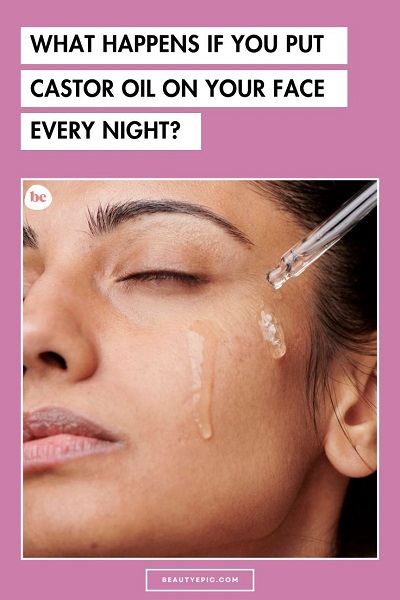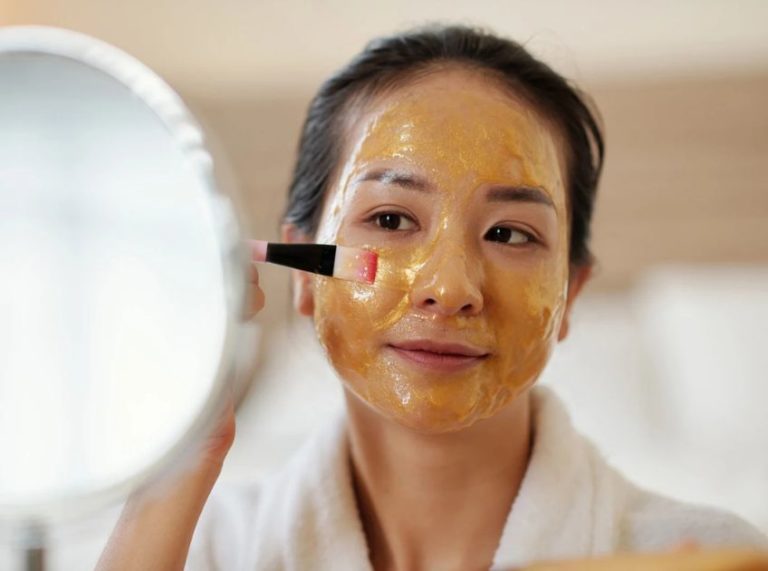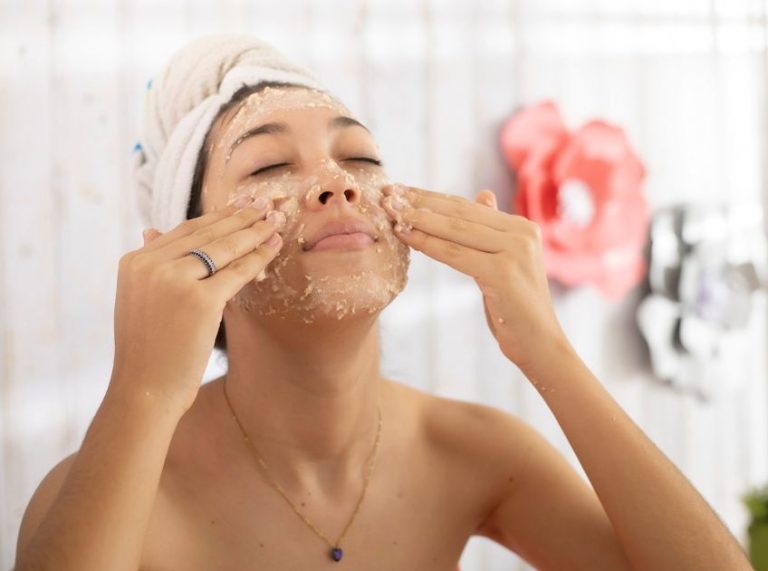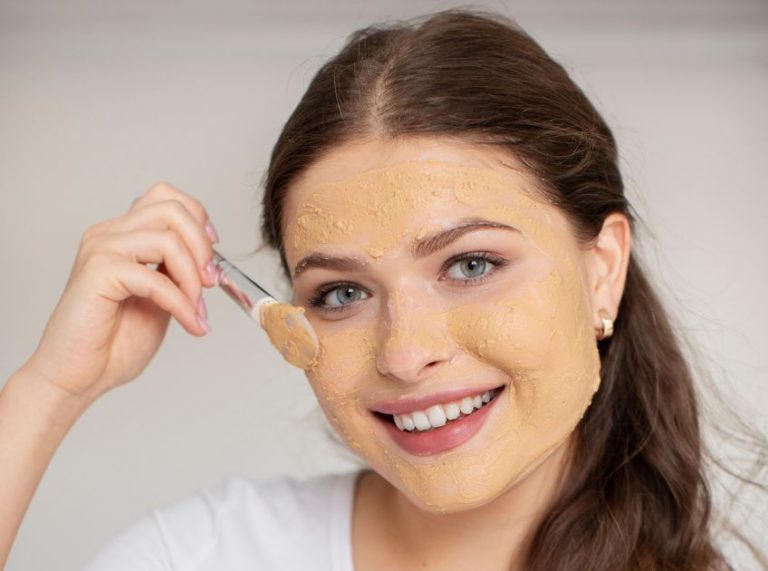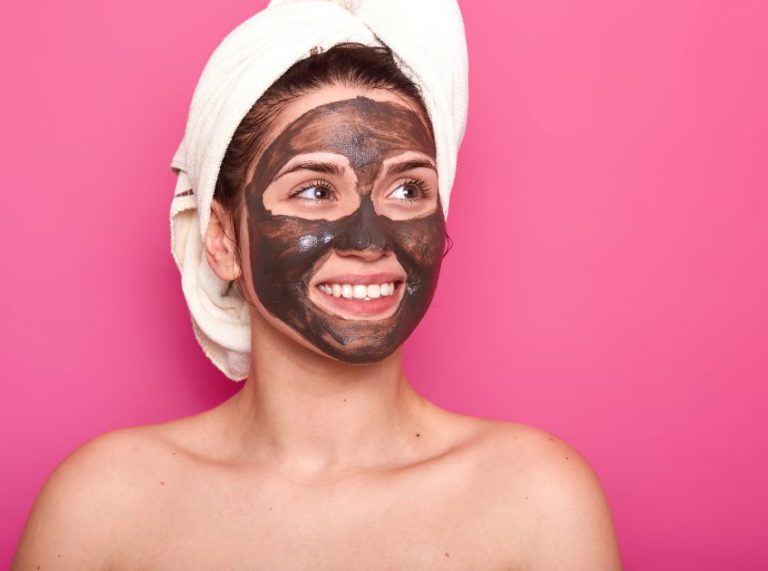
Important: This article is for informational purposes only. Please read our full disclaimer for more details.
Looking for a simple, natural addition to your nightly skincare routine? Castor oil, often overlooked, is a powerhouse that might just transform your skin. Rich in fatty acids and antioxidants, this thick oil is gaining popularity for its potential to hydrate, heal, and renew tired skin. But is it safe to use every night?
Let’s dive into what truly happens when you apply castor oil to your face daily—and whether your skin will thank you for it.
What Are the Benefits of Using Castor Oil on Your Skin?
Used for centuries in Ayurvedic and folk medicine, castor oil (1) is believed to offer several skin-enhancing benefits:
- Deep hydration: Thanks to its high ricinoleic acid content, it locks in moisture.
- Anti-inflammatory: May soothe redness, puffiness, or irritation.
- Antimicrobial: Helps protect against bacteria that can cause acne.
- Promotes collagen: May support skin firmness and reduce fine lines.
- Fades scars and blemishes: With continued use, it may lighten pigmentation or marks.
Science-Backed Benefits of Castor Oil
- Ricinoleic acid, the primary component of castor oil, has been shown to have anti-inflammatory and antimicrobial effects in studies (2).
- A 2012 Journal of Ethnopharmacology study found that ricinoleic acid demonstrates wound-healing and skin-repair properties, explaining why castor oil is often used for scar care (3).
- Its emollient properties make it effective in preventing trans epidermal water loss (TEWL), which keeps skin hydrated.
How Is Castor Oil Used on Your Face?
To get the most out of castor oil in your skincare routine, correct application is key. Due to its thick, sticky texture, it’s often used in small amounts or blended with other oils. Here’s a practical step-by-step guide to using it at night:
1. Cleanse Your Face Thoroughly
Start with a clean canvas. Use a gentle cleanser to remove makeup, dirt, and any residual oil or sunscreen. This ensures castor oil can absorb properly without trapping impurities.
2. Use a Toner (Optional)
If you use a toner or hydrating mist, apply it before castor oil. Since castor oil is occlusive, it helps seal in any moisture or hydration from previous skincare steps.
3. Warm the Oil
Pour 2–3 drops of castor oil onto your fingertips and gently rub them together to warm the oil. This makes it easier to spread and helps the skin absorb it better.
4. Massage Gently
Apply the warmed oil to your face using upward, circular motions. Focus on areas with dryness, fine lines, or blemishes. You can also target specific concerns like dark spots or acne scars.
5. Leave It Overnight
Castor oil works best when left overnight. Because of its thickness, it doesn’t absorb as quickly as lighter oils, so it creates a long-lasting moisture barrier while you sleep.
6. Rinse Off in the Morning
Use lukewarm water and a gentle cleanser the next morning to remove any residual oil.
Optional Tip: Mix castor oil with a carrier oil like jojoba, rosehip, or argan oil (in a 1:1 ratio) to improve its spreadability and reduce heaviness, especially for oily or combination skin types.
What to Expect: Timeline of Changes
Week 1–2: Initial Adjustment
Skin feels intensely moisturized but may appear greasy as it adjusts. Minor breakouts or purging are common due to impurities surfacing. The skin is getting used to the occlusive texture of castor oil.
Week 3–4: Adaptation Phase
The heavy feeling reduces as skin adapts to regular use. Texture improves, and fine lines start to soften from better hydration. Redness and irritation may visibly calm down.
Week 6–8: Visible Results
Skin looks noticeably firmer, clearer, and more radiant. Dark spots and scars may begin to fade as regeneration kicks in. Moisture retention and elasticity improve significantly.
What Skin Type Is Castor Oil Best For?
- Dry to very dry skin: Excellent due to its occlusive properties.
- Aging skin: Its plumping and antioxidant effects may help reduce fine lines.
- Oily or acne-prone skin: Can be risky due to its thick texture; a patch test is essential.
Avoid using it nightly if you’re prone to clogged pores or excessive oiliness.
Why Oil Quality Matters
Always use cold-pressed, hexane-free, organic castor oil to avoid skin irritation or impurities. Look for:
- Dark amber glass bottles (to protect from light)
- USDA Organic label
- No synthetic additives or fragrances
Patch Test Before Full Use
Before applying castor oil nightly:
- Dab a small amount on your jawline or inner arm.
- Wait 24 hours.
- If no redness, itching, or breakouts occur, it’s safe to use.
This is especially important for sensitive or acne-prone skin.
Potential Side Effects of Using Castor Oil on Your Face
While beneficial, daily use may not be for everyone:
- Clogged pores: Its heavy consistency may block pores in some users.
- Breakouts: Particularly for acne-prone or oily skin types.
- Allergic reactions: Some may experience itching, swelling, or redness.
Discontinue use if any irritation appears.
When to Consult a Professional
If you experience:
- Persistent breakouts after starting castor oil
- Increased redness or inflammation
- Concerns about existing skin conditions like rosacea or eczema
Frequently Asked Questions (FAQ’S)
1. Can I leave castor oil on my face overnight every day?
A. Yes, but only if your skin tolerates it. Dry or mature skin types benefit most. Oily or acne-prone skin may react negatively to nightly use.
2. Does castor oil help with wrinkles and fine lines?
A. Castor oil may promote collagen production and hydration, which can soften fine lines over time.
3. Will castor oil lighten dark spots or acne scars?
A. With consistent use, castor oil may help fade hyperpigmentation due to its healing and anti-inflammatory properties.
It’s best to speak with a dermatologist to ensure castor oil suits your skin’s needs.
Using castor oil on your face every night can be a simple yet powerful skincare upgrade—if done right. From deep hydration to potential anti-aging benefits, it offers natural nourishment that many skin types love. But remember, quality, moderation, and skin compatibility matter. Always patch test, and when in doubt, consult a professional.
Nightly skincare doesn’t need to be complicated—sometimes, a single drop of oil can do wonders.
